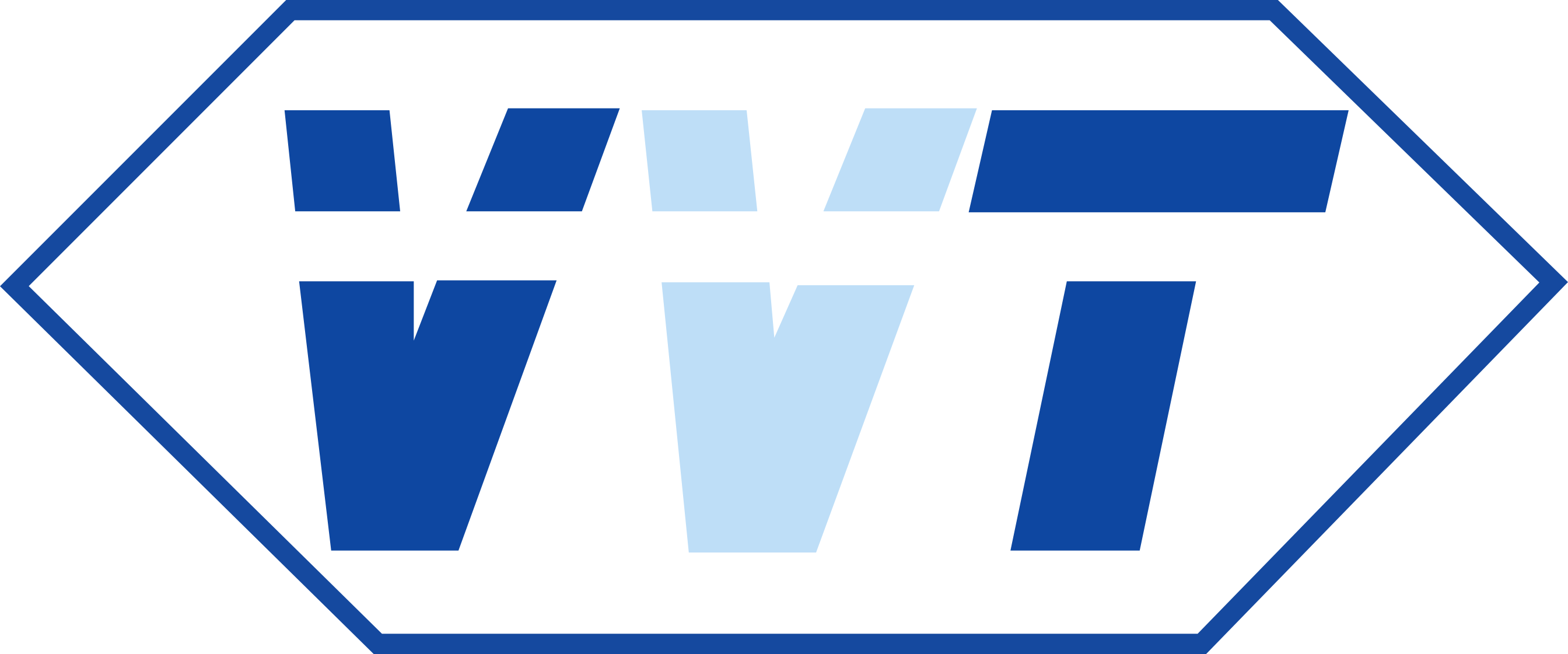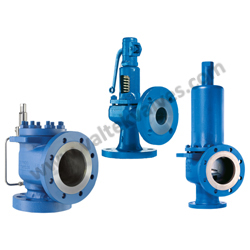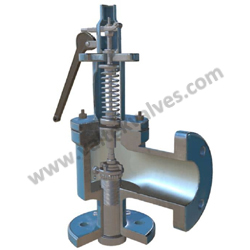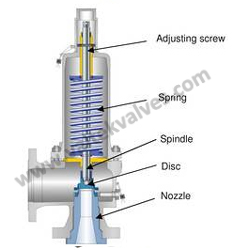Safety Valves
Our Safety Valve is an essential component designed to protect equipment and personnel by automatically releasing excess pressure from a system. Engineered with precision and crafted from high-quality materials, our Safety Valve ensures reliable overpressure protection in various industrial applications. The primary function of a safety valve is to automatically release excess pressure from a system to prevent damage or failure. When the pressure inside the system exceeds a predetermined set point, the safety valve opens, allowing the fluid (gas or liquid) to escape until the pressure drops to a safe level. Safety valves come in various designs, but they typically consist of a valve mechanism, a spring or weight-loaded mechanism, and a discharge outlet. The valve mechanism is typically a poppet or disc that seals against a seat. When the pressure exceeds the set point, this valve mechanism lifts off the seat to allow flow. The set pressure of a safety valve is the pressure at which it opens and starts relieving excess pressure. This pressure is predetermined based on the design specifications and the requirements of the system it protects. Set pressures are carefully calibrated during installation or maintenance to ensure proper operation.
Types Of Safety Valve:
Applications

Key Features:
Characteristics:
Standards and Regulations:
Safety valves must comply with various industry standards and regulations, including ASME (American Society of Mechanical Engineers) standards, API (American Petroleum Institute) standards, and others, depending on the application and location.
Maintenance:
Regular inspection, testing, and maintenance are essential to ensure the proper functioning of safety valves. Maintenance procedures typically include cleaning, lubrication, and calibration to maintain performance and reliability.





















One of the best supplier i could ever found. Plus you are the best and cheapest.